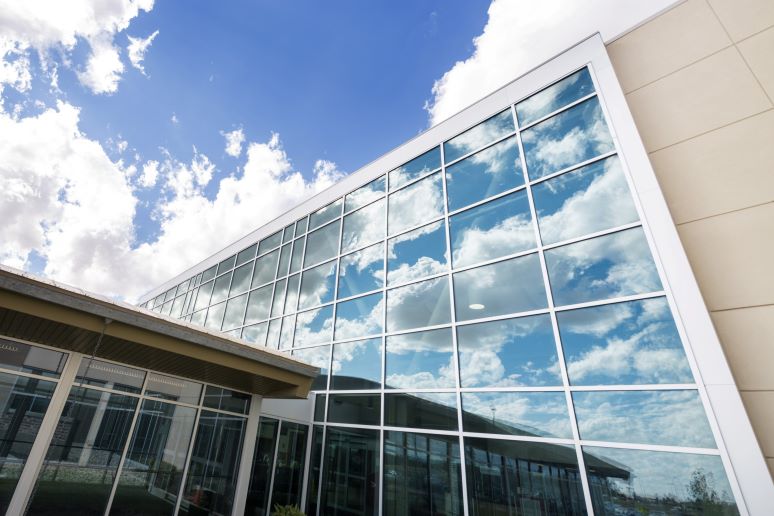In my most recent post, “
Opening an Office Here, and There,” I explored the idea that wanting to keep office workers safe, happy, and productive could lead to a boom in satellite offices. This, some folks believe, is a logical piece of COVID-19 return-to-office strategizing.
The thinking goes that the satellite office is a good fit when planning the future in-person footprint because it provides the workday flexibility and reduced commute that people have come to appreciate during this prolonged stretch of working from home. And, given that the satellite office would be smaller than a downtown office, workers would be encountering fewer colleagues when working from a remote site vs. at the centrally located headquarters.
For the forward-thinking and future-minded, the opportunity could be much larger than creating a one-off satellite office. More exciting, and of higher value, would be the creation of shared centers among major employers within a region, suggests Michael Shear, principal of
Strategic Office Networks, an organization devoted to promoting the concept of urban and regional planning that focuses on the needs of a knowledge-based workforce and an employer’s ability to attract and retain talent.
Shear, who has decades of experience working on information and communications (ICT) infrastructure-related initiatives, proposes a community work model, called “Distributed Metropolitan Design” (DMD), that “seeks to change the current single-location or monolithic workplace models of major area employers and their workers by distributing and localizing access to more jobs,” as explained on the firm’s website.
As Shear explained in a recent interview, the chief idea is to create a series of “Enterprise Centers” in local communities that would house multiple employers, each in their own dedicated office suite. The size of the center and each suite within can vary depending on geographic hiring needs.
Here’s the clincher: Each Enterprise Center would be securely interconnected to all others as well as to each employer’s primary location using private broadband infrastructure designed for high-capacity and low-latency, Shear said. It’s this type of distributed model that’s going to be an imperative for any company that wants to commercialize and make immersive virtual presence, holographic telepresence, and other augmented reality and virtual reality technologies… well, a reality in the workplace, he added. (And it’d sure take the flakiness out of site-to-site video meetings, too.)
Over the years, Shear has worked with various academic and government entities in trying to move his concepts from blueprint to building. Finding corporate sponsors has been a challenge, but an upside of COVID-19 and sudden need to support remote work at scale might turn in his favor, Shear said.
“In this is a higher recognition that we can no longer just pretend that working from a central location is the only way we can do things,” Shear said. Now everyone needs to “give up the belief that we should be putting all our pennies in the work-from-home model.” WFH is simply not the most integrated or secure approach to dealing with a distributed work model, he added.
Nor, he said, is what he calls the “musical chairs” approach of shared workspaces. What the DMD initiative is really all about is incentivizing employers to take, say, only seven stories of a downtown high rise vs. a dozen, and three stories in one regional Enterprise Center and two in another, depending on where the talent lives.
Cutting the commute is one way to pandemic recovery — a central point for Shear and those who promote the idea of the satellite office. Clustering within an Enterprise Center would help organizations maintain social and organizational dynamics with the help of high-speed networking and advanced collaborative applications.
I’ve simplified Shear’s efforts, to be sure, but I hope I’ve given our WorkSpace Connect readers some food for thought on rethinking the office of the future.





